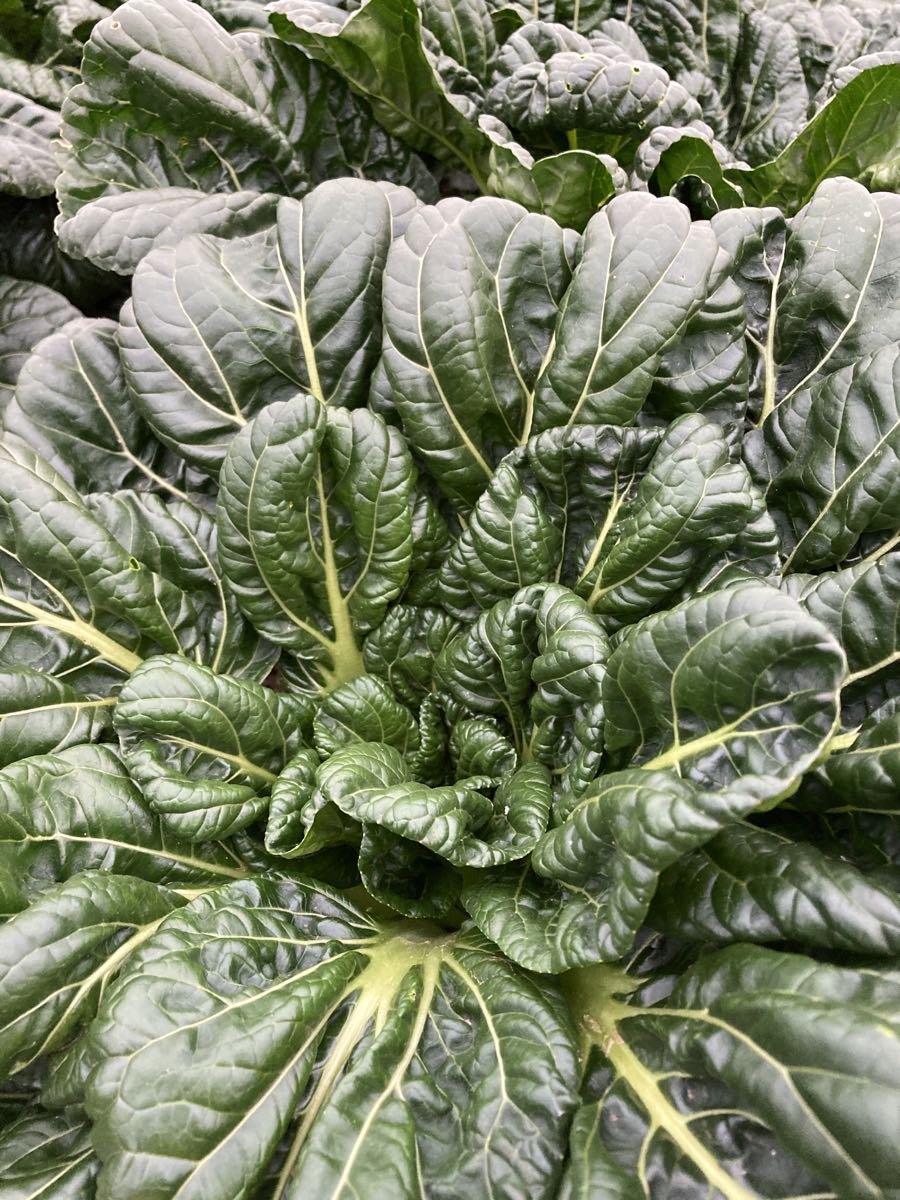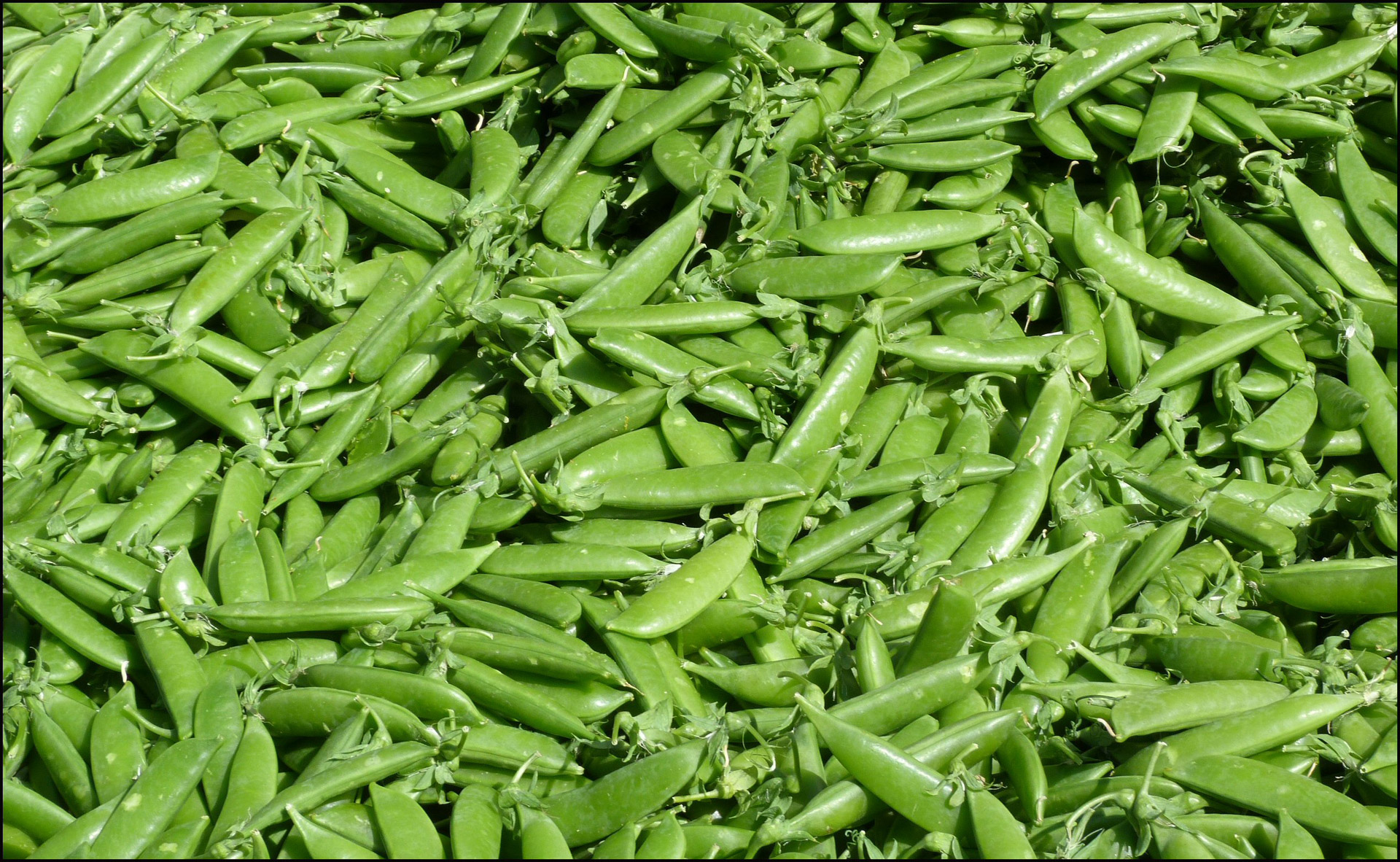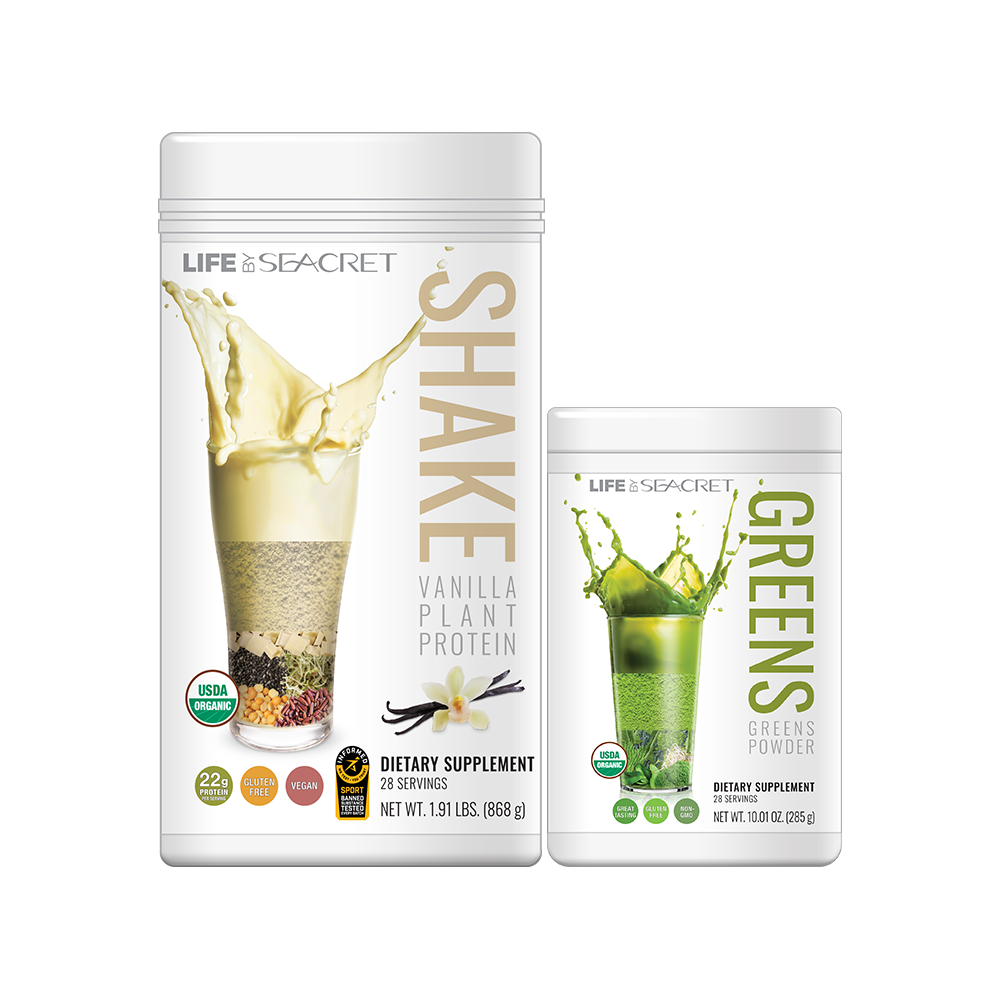
Jason Mraz Greens Up Touring Environmental Watch
Make sure to test the doneness every 10 minutes to know at which stage it's at. Once your barley or rice is cooked, cool it down in a separate sterilized tray or bowl to about 30°C or 86°F. Sprinkle over the Koji tane and mix well. This is to inoculate the substrate with spores.

Farm Newsletter Tipi Produce
Both recommend weighing the meat on a gram scale, then using one tenth its weight in shio koji. I cut a tri-tip into slices and marinated half with shio koji, then cooked both kinds in side-by.

Green Issue Greens WA
2. Put 5x the weight of the spores in flour into a microwave-safe bowl. Microwave the flour for one minute. This pasteurizes the flour (by killing salmonella), which will allow you to use the koji in raw preparations in the future. 3. Once the flour cools down to 86ºF or lower, combine it with the spores.

This Land Radio Pork & Greens This Land Press Made by You and Me
Cover container with lid and set aside to ferment at room temperature until koji mixture is thickened and smells sweet and funky, at least 7 days or up to 10; stir mixture once per day throughout this fermentation process. Once shio koji is fermented, transfer to refrigerator until ready to use. Shio koji can be refrigerated in an airtight.

DAILY GREENS COMPLEX By Zenith Spectrum
Three of my favorite ways to cook Chinese greens are stir-frying with garlic (or black beans), blanching and serving with a drizzle of oyster sauce, or serving in broth. Fast and simple, these three methods work just as well with non-Asian vegetables such as kale, Swiss chard, frisee, and iceberg lettuce.

Scottish Greens
10. Tray the Koji. Place the inoculated mixed rice into square or rectangular trays made from Japanese cedar wood that have been lined with lint-free cloths. Instead of spreading it into a flat layer, form the rice into numerous ridges or mounds that rise and fall over the surface.

Koji (F1) Asian Green Seed Johnny's Selected Seeds
Koji is made by culturing koji mold on grains. Koji has wide-ranging applications, for example, in alcoholic beverages and seasonings.. This follows the taxonomy in the Japanese brewing industry and means that both belong to the group that forms yellow-green spores.) (3) Black Aspergilli group, namely Aspergillus luchuensis (A. luchuensis.

Koji (F1) Asian Green Seed Johnny's Selected Seeds
Watch on. Rice Koji is steamed rice that has been propagated and fermented with koji starter. It is one of the types of koji. It has a very close and deep relationship with Japanese dishes, and koji rice is used as a raw material for miso, soy sauce, mirin, and amazake. Find out more about rice koji here.

Greens YouTube
While we take steps to minimize the risk of cross contamination, we cannot guarantee that any of our products are safe to consume for people with nut or gluten allergies. Serving a delicious selection of salads, wraps, grain bowls, and more. Check out our Coolgreens menu before visiting or ordering from one of our locations.

Igrao sam THE MEAN GREENS PLASTIC WARFARE Onaj Koji Kuca
Koji can be applied to whole pieces of meat or fish with the shio koji technique as well. Koji's enzymatic power also accelerates the drying of charcuterie, on the order of one-third less time. The application of koji to dairy creates a complex, Parmesan-like flavor in a couple months, instead of a year.

Protein + Greens Truvani
What Koji needs. Pretty much every instruction says that Koji needs temperatures between roughly 28°C and 36°C (and they are right, of course). If the temperature is around 40°C the fungus starts producing spores earlier, which is not wanted almost all of the time). If the temperature is even higher the fungus will die.

Green Roof Growers Mustard Green Spring Harvest
Step 3. 3. In a wok, 12-inch skillet, Dutch oven, or soup pot (any pot large and wide enough to comfortably hold the greens will do), heat the oil over medium-high heat. When it's hot but not.

Greens Background 759 Free Stock Photo Public Domain Pictures
Koji-kin in Japanese and sometimes called 'koji spores', is a non-pathogenic filamentous type of fungus used to make koji. Packed in a powdery state and is further called koji starters with 3 kinds: yellow koji starter, white koji starter, and black koji starter. Aspergillus oryzae: the scientific name for koji mold.

Catie McLeod — Australia’s leading news site
Koji (F1) Asian Green Seed. Dark green, hybrid tatsoi for bunching or baby leaf. Cupped, heavy leaves are beautifully savoyed and borne on long, elegant stems. Heat and cold tolerant for all-season production. Mild flavor and crunchy texture. Striking paired with Red Cloud at full size. Space 12" apart for full-size heads.

Shake & Greens Vanilla Shake & Greens
Allow the koji-kin to culture for more than 48 hours. You will know that the koji-kin has spored when your koji turns from white to greenish-grey. The green color is mold spores. Once the koji is green, remove the damp towel, and allow the koji rice to dry out in the incubator. After the rice has completely dried out, store it in the freezer.

Rah Cha Chow A recipe for using up CSA greens
Dark green, hybrid tatsoi for bunching or baby leaf.Koji's beautiful, savoyed leaves are excellent in salad mixes and as bunched greens. Heat and cold tolerant. Pair with Red Cloud for a striking presentation. More attractive, upright, and earlier maturing than Yukina Savoy, which it replaced. Space 12" apart for full-size heads. Avg. 10,400 seeds/oz. Packet: